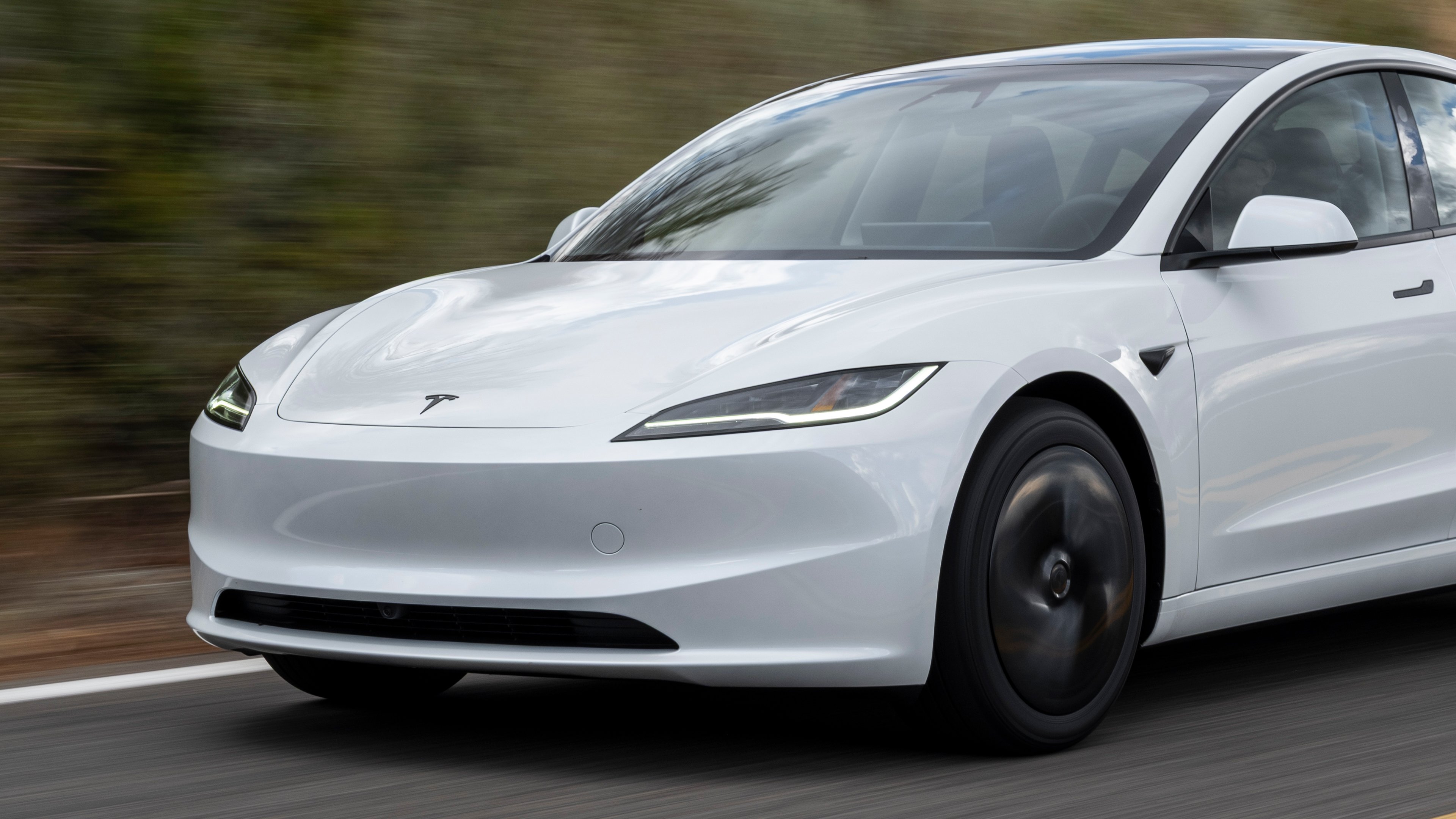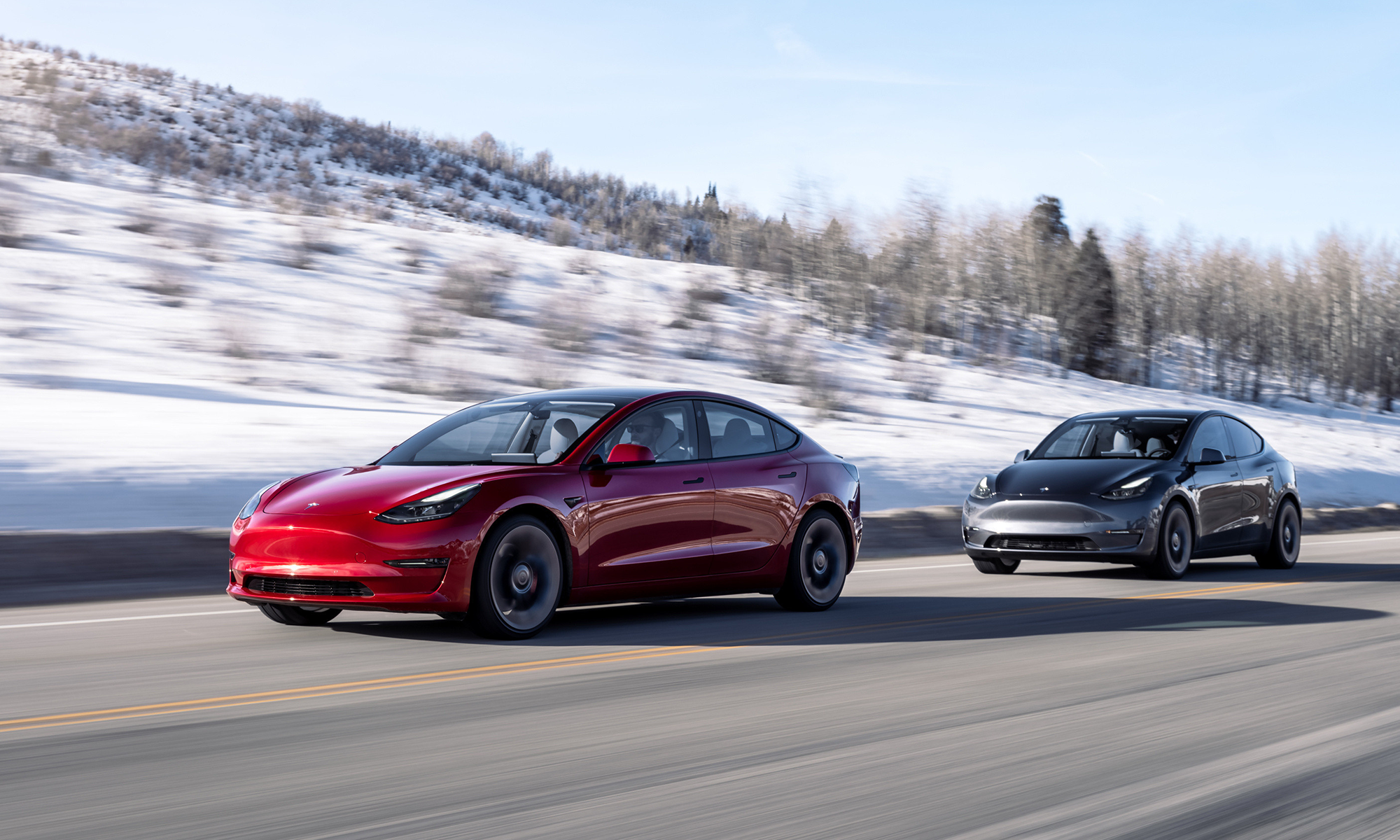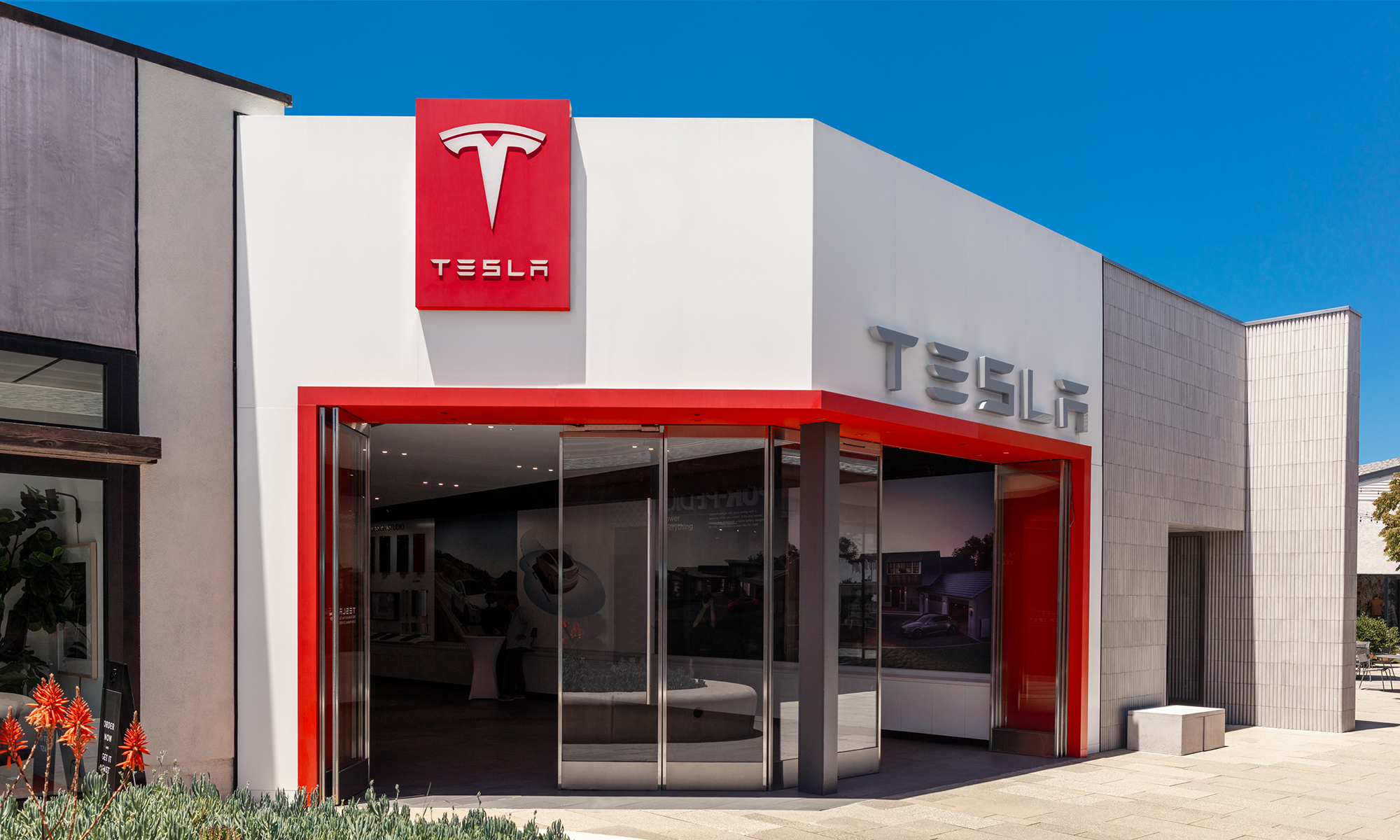Tesla Motors (TSLA 4.20%) said it delivered about 22,200 vehicles in the fourth quarter of 2016, a number that left it short of its own guidance for both the quarter and the full year.
It's far from the first time Tesla has missed its own guidance, of course. Investors appeared to take this latest shortfall in stride. But the trend suggests Tesla might miss some key deadlines, and that could have much more serious consequences for the stock.
"Short-term production challenges"
Tesla's guidance had called for "just over 25,000" deliveries in the fourth quarter, and at least 80,000 for the full year. But its fourth-quarter shortfall left its tally for the full year at 76,230 vehicles delivered to customers.

Now in its fifth year of production, Tesla's Model S may be facing declining demand. Image source: Tesla Motors.
In a statement late on Tuesday, Tesla said that "short-term production challenges starting at the end of October and lasting through early December" left it scrambling to make up lost production late in the quarter.
Tesla blamed the "challenges" on its transaction to install new hardware for its Autopilot driver-assist system. The company said on October 19 that it would begin shipping all of its new vehicles with the hardware necessary for fully autonomous driving, allowing it to gradually enable self-driving capabilities in those cars with software updates over time.
Tesla last reaffirmed its fourth-quarter guidance in a shareholder letter on October 26. Apparently, the "production challenges" started in the days immediately following the letter.
Another in a long list of missed goals
Tesla has a long history of missing its own targets, whether for sales totals, profits, or the timing of key product-related events. CEO Elon Musk has acknowledged that the company sometimes falls short, saying that he sets ambitious goals for the company as a way to motivate employees and suppliers.
That may work, but it makes it challenging for investors to evaluate the company's stated business plans. Musk has said that Tesla will begin production of its compact Model 3 sedan sometime in 2017, but many analysts feel that's unlikely.
In a note on Tuesday before Tesla announced its delivery totals, Barclays auto analyst Brian Johnson said that there's a high probability that the company won't be able to deliver any Model 3s in 2017.
Why Tesla's routine misses could eventually be trouble for the stock
Viewed in the context of its past results, Tesla's 2016 delivery total is impressive even if it fell short of Musk's goal. But it's still far short of the hundreds of thousands -- or millions -- of annual deliveries that Tesla will need to be a viable automaker over the long term.
Tesla has said that it has nearly 400,000 preorders for the Model 3. But more and more big automakers are announcing plans to bring long-range electric vehicles to market over the next few years. (Just yesterday, Ford Motor Company (F +0.81%) said that it will begin production of an electric SUV with 300 miles of range by 2020.)
If the Model 3 is delayed, which seems likely given Tesla's history, that could mean that those orders won't be filled until late 2018 or 2019. How many of those customers will give up and choose an electric vehicle from a major automaker instead?
Tesla had a significant technological advantage over the big automakers when it first launched the Model S in 2012. But the risk to Tesla as an investment has always been that the big automakers might close the electric-vehicle technology gap before Tesla can get to sustainable scale, leaving the upstart Silicon Valley automaker in an uphill battle for market share against better-funded competition.
That risk could become reality if the Model 3 is delayed significantly. Tesla has built a great brand and the Model 3 will find buyers no matter what happens. But the longer it waits, the harder it will be for Tesla to ramp up to the millions of deliveries a year that it will need to support its current sky-high valuation.






